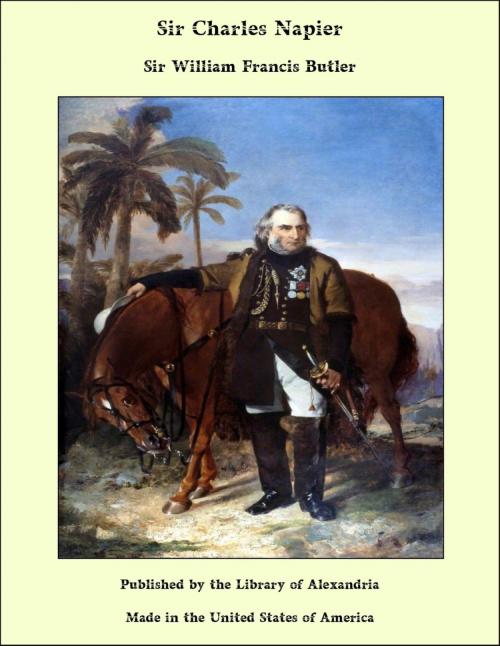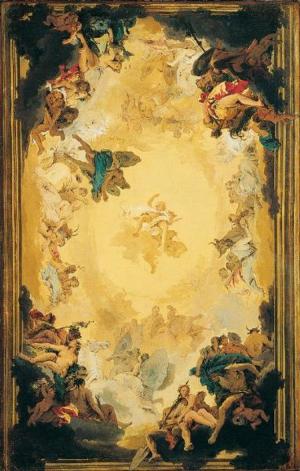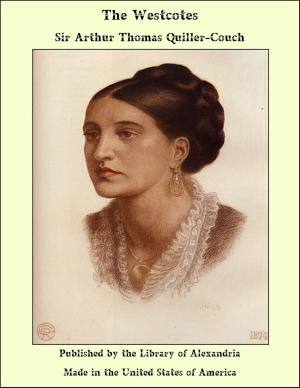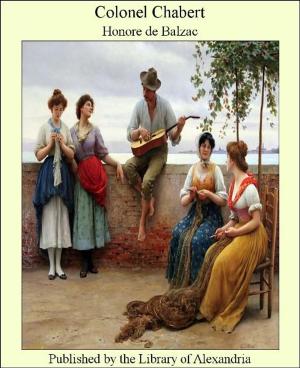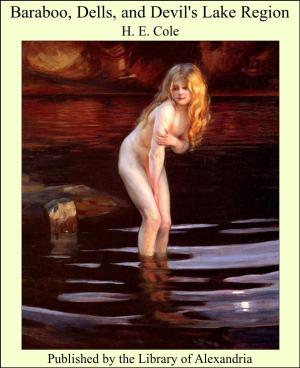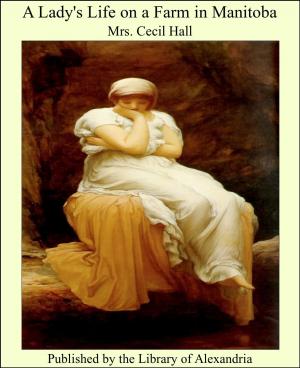| Author: | Sir William Francis Butler | ISBN: | 9781465621474 |
| Publisher: | Library of Alexandria | Publication: | March 8, 2015 |
| Imprint: | Language: | English |
| Author: | Sir William Francis Butler |
| ISBN: | 9781465621474 |
| Publisher: | Library of Alexandria |
| Publication: | March 8, 2015 |
| Imprint: | |
| Language: | English |
Ten miles west of Dublin, on the north bank of the Liffey, stands a village of a single street, called Celbridge. In times so remote that their record only survives in a name, some Christian hermit built here himself a cell for house, church, and tomb; a human settlement took root around the spot; deer-tracks widened into pathways; pathways broadened into roads; and at last a bridge spanned the neighbouring stream. The church and the bridge, two prominent land-marks on the road of civilisation, jointly named the place, and Kildrohid or "the church by the bridge" became henceforth a local habitation and a name, twelve hundred years later to be anglicised into Celbridge. To this village of Celbridge in the year 1785 came a family which had already made some stir in the world, and was destined to make more. Colonel the Hon. George Napier and his wife Lady Sarah Lennox were two remarkable personages. The one a tall and majestic soldier, probably the finest specimen of military manhood then in the service of King George the Third; the other a lady of such beauty, wit, and grace that her fascination had induced the same King George to offer her all his heart and half his throne. Fate and politics marred this proposed romantic royal union, and the lovely Lady Sarah, after a most unhappy first marriage, became in 1777 the wife of Colonel George Napier, and in the following dozen years the mother of a large family, in whose veins ran the blood of a list of knights and kings and nobles sufficient to fill a peerage all to itself; for on one side the pedigree went back to the best of the old Scottish cavaliers—to Montrose, and the Napiers of Merchiston, and the Scotts of Thirlestane; and on the other it touched Bourbon, Stuart, and Medici, and half a dozen other famous sources. It would have been strange if from such parents and with such stock the nest which was built in Celbridge in 1785 did not send forth far-flying birds. The house in which the Napiers took up their residence in this year stood a short distance from the western end of the village. It was a solid, square building of blue-gray limestone, three-storied and basemented, with many tall narrow windows in front and rear, and a hall door that looked north and was approached by arched steps spanning a wide stone area surrounding the basement; green level fields, with fences upon which grew trees and large bushes, spread around the house to north and west, and over the tops of oak and beeches to the south a long line of blue hills lay upon the horizon. Looking south towards these hills the eye saw first a terrace and garden, then a roadway partly screened by trees, and beyond the road the grounds of Marley Abbey sloping to the Liffey, holding within them still the flower-beds and laurel hedges amid which Vanessa spent the last sorrow-clouded years of her life.
Ten miles west of Dublin, on the north bank of the Liffey, stands a village of a single street, called Celbridge. In times so remote that their record only survives in a name, some Christian hermit built here himself a cell for house, church, and tomb; a human settlement took root around the spot; deer-tracks widened into pathways; pathways broadened into roads; and at last a bridge spanned the neighbouring stream. The church and the bridge, two prominent land-marks on the road of civilisation, jointly named the place, and Kildrohid or "the church by the bridge" became henceforth a local habitation and a name, twelve hundred years later to be anglicised into Celbridge. To this village of Celbridge in the year 1785 came a family which had already made some stir in the world, and was destined to make more. Colonel the Hon. George Napier and his wife Lady Sarah Lennox were two remarkable personages. The one a tall and majestic soldier, probably the finest specimen of military manhood then in the service of King George the Third; the other a lady of such beauty, wit, and grace that her fascination had induced the same King George to offer her all his heart and half his throne. Fate and politics marred this proposed romantic royal union, and the lovely Lady Sarah, after a most unhappy first marriage, became in 1777 the wife of Colonel George Napier, and in the following dozen years the mother of a large family, in whose veins ran the blood of a list of knights and kings and nobles sufficient to fill a peerage all to itself; for on one side the pedigree went back to the best of the old Scottish cavaliers—to Montrose, and the Napiers of Merchiston, and the Scotts of Thirlestane; and on the other it touched Bourbon, Stuart, and Medici, and half a dozen other famous sources. It would have been strange if from such parents and with such stock the nest which was built in Celbridge in 1785 did not send forth far-flying birds. The house in which the Napiers took up their residence in this year stood a short distance from the western end of the village. It was a solid, square building of blue-gray limestone, three-storied and basemented, with many tall narrow windows in front and rear, and a hall door that looked north and was approached by arched steps spanning a wide stone area surrounding the basement; green level fields, with fences upon which grew trees and large bushes, spread around the house to north and west, and over the tops of oak and beeches to the south a long line of blue hills lay upon the horizon. Looking south towards these hills the eye saw first a terrace and garden, then a roadway partly screened by trees, and beyond the road the grounds of Marley Abbey sloping to the Liffey, holding within them still the flower-beds and laurel hedges amid which Vanessa spent the last sorrow-clouded years of her life.
